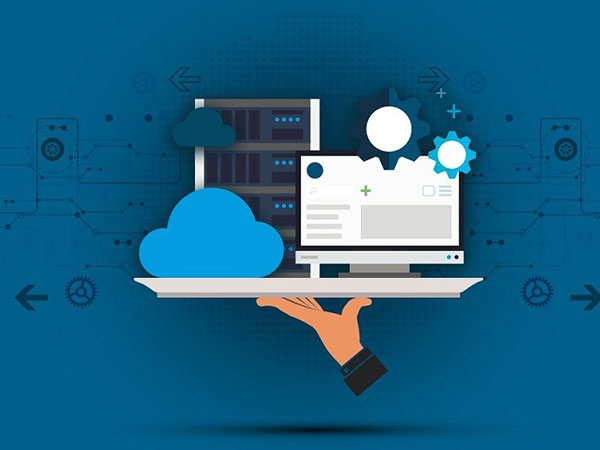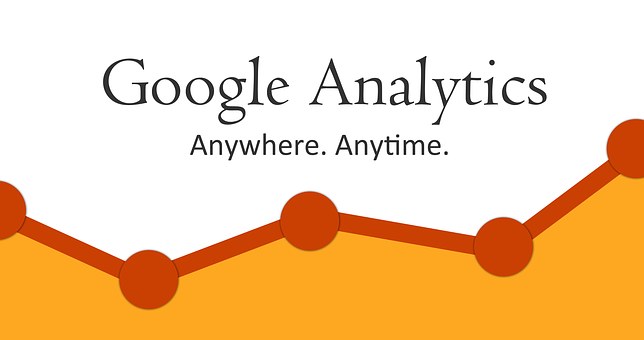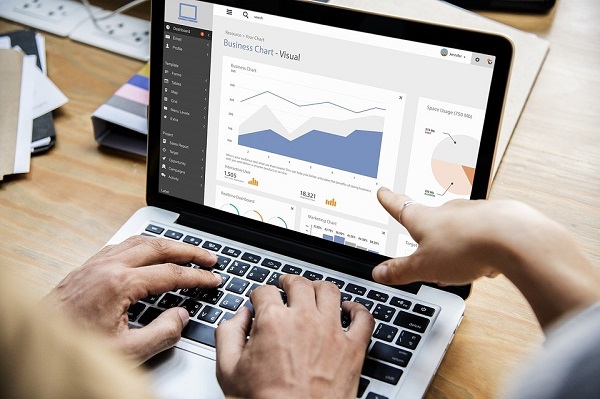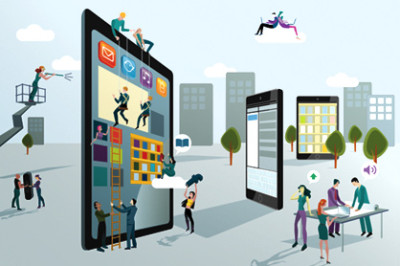With connected smart devices expecting to number in the billions over the next few years, the Internet of Things is becoming a major factor in consumer expectations and business planning. The IoT is impacting our lives more than you may realize.
The following list was compiled from the International Data Corporation’s IoT spending guide released in January of this year. Here are five industries leading the way in IoT integration.
1. Manufacturing
This is likely to be the industry experiencing the largest impact from the growth of the IoT. Manufacturers are integrating IoT technology into their processes to gather information and streamline operations. This requires replacing conventional switches and sensors with network-enabled devices that can automatically upload production data.
The new generation of manufacturing equipment is already provided with IoT sensors built in. This allows constant and accurate data collection on production output, time frames, performance, and machine environments. All of these factors are analyzed to suggest process improvement.
Reducing wasted time, materials, and overhead can lead to substantial savings over time. Business intelligence fed by a constant stream of IoT data allows organizations to track assets, consolidate management, and increase analysis value. The growth of the IoT will bring value to investments in other technologies like robotics and augmented reality.
2. Transportation
More freight and public transportation providers are equipping their vehicles with IoT sensors. These can support analysis on improving fuel consumption, scheduling maintenance, and training and monitoring drivers. These smart devices can also record driving behavior such as excessive speed for controlling insurance costs.
Self-driving cars and trucks use an array of IoT devices such as radar, cameras, and lasers to determine environmental factors and make safe driving decisions. Even now, organizations are integrating IoT tech into their fleets to work with GPS in order to determine where a specific vehicle is at any point in time.
This also helps to detect traffic congestion, speed limits, road closings, and more to re-route vehicles and avoid delays. Shipping companies use sensors to monitor temperatures and manage schedules to ensure that perishable goods arrive in optimal condition. With driverless vehicles and an integrated network, all of this can be automated throughout the supply chain.
3. Utilities
Smarter, more energy-efficient power grids operate through IoT sensors and computer applications to send power where it’s needed and reduce useless consumption elsewhere. Upgrades to existing power grids can be accomplished by installing smart meters and connecting to digital control centers.
Smart utility grids allow both private and public institutions to save on electrical usage by prioritizing the use of heat, AC, or lighting. As smart grids expand to conserve more energy, this allows communities to become more cost-efficient and environmentally friendly.
Smart grid meters are now widely available in North America and Europe. These are powered by the existing grid and automatically monitored, so they don’t require batteries or workers to check the meters. IoT meters provide public utility companies the means to track outages, analyze power use, and schedule maintenance at minimal costs over wide areas.
Industries such as oil and natural gas are also using IoT sensors to monitor flow, pressure, leaks, and other factors over extensive networks. Individual valves and pumps can be consistently tracked to improve performance and implement tighter safety controls.
4. Consumer electronics and cars
Consumer devices are already being outfitted with IoT sensors and Wi-Fi connectivity. Multiple devices throughout the home can now be controlled via wireless routers and smartphone apps. With IoT-enabled products added to your home network, you can turn off the TV, lock the front door, or adjust the AC without getting out of bed.
Even before the advent of self-driving cars, vehicles are being outfitted with IoT devices and sensors. These driver-assisted systems include warnings for lane drift or tail-gating. Other features include automatic braking, parallel parking, anti-theft, and many more. In the era of IoT, data can be conveyed back to the manufacturer to develop smarter and more responsive systems for driver safety.
App developers are hard at work creating solutions that allow connection between mobile devices and even voice commands to IoT networks. The product like Alexa and Google Home allows you to get answers to spoken queries. You can interact with your fully connected office or home over the phone to monitor cameras, lockdown entry points, adjust climate controls, and start or stop appliances.
5. Healthcare
Medical services will see dramatically increased spending on IT technology over the next few years. IoT usefulness to healthcare is taking many forms. Remotely-managed networks and devices can help medical professionals visually interface with patients, monitor vital statistics such as heart rate, and receive alerts in real time.
In the hospital, the IoT can help track equipment location and performance, dispense medicine, track inventories, access digital medical records, and monitor the movements of patients and staff. According to the IDC report, by 2020 the IoT will become mainstream in medical treatment. Up to 80 percent of patient interactions will involve IoT and data analytics to improve the quality and value of care.
To summarize, the advent of the IoT will do more than meet demands for driverless vehicles and handy consumer gadgets. IoT innovations will capture crucial data that can lower costs, improve control, and raise the level of quality in vital industries like healthcare, transportation, and energy. Companies embracing the IoT will build greater profitability through efficiency and improved customer satisfaction.










![7 data-driven ways to optimize your online store for mobile [Infographic]](https://crayondata.ai/wp-content/uploads/2019/11/optimize-1.jpg)


![Top tips and tricks to improving your customer experience [Infographic]](https://crayondata.ai/wp-content/uploads/2019/01/customer-journey-1.jpg)









